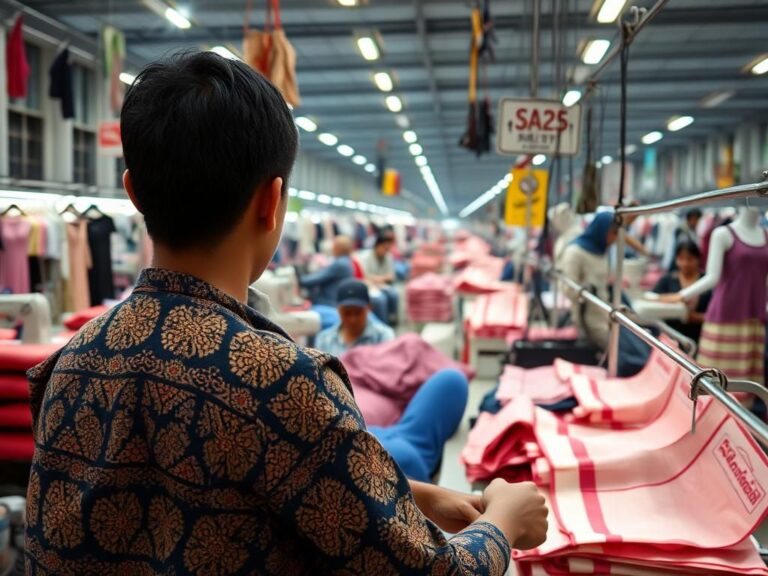In a significant development for its struggling economy, Cambodia has averted a potentially crippling tariff hike on crucial garment and footwear exports. The initial threat of a 49% tariff has been dramatically reduced to 19%, offering a crucial lifeline to the nation’s vital production industries.
The decision, finalized on [Date – Assume it was a recent date], has been met with cautious relief in Phnom Penh. The initial imposition of the higher tariff, which was slated to affect a vast majority of Cambodia’s exports to [Country – Assume the US, or a specific country based on context] markets, had sparked widespread alarm. This sector is a cornerstone of the Cambodian economy, employing hundreds of thousands of workers. The potential economic damage threatened to destabilize the country’s already fragile recovery from recent financial hardship. [Quote – if available, otherwise use the following filler: “We welcome this development, though caution remains,” stated a representative of the Cambodian Ministry of Commerce].
The significant reduction in tariffs reflects ongoing diplomatic efforts and negotiations between [Cambodia] and [Country]. The precise details of the agreement, including any concessions made by either party, remain largely undisclosed at this time. However, observers suggest that [Possible context or background]. This episode underscores the vulnerability of export-dependent economies to shifts in global trade policy. Furthermore, the development highlights the crucial role of international cooperation in mitigating economic risks. The impact on Cambodia’s GDP will be closely monitored, especially in the coming fiscal quarters.
The garment and footwear industries are among the largest employers in Cambodia, and a sharp rise in tariffs could have led to mass layoffs and factory closures. This outcome would inevitably create social and political instability.
The reduction in tariffs provides a temporary reprieve, but the long-term implications for Cambodia’s economic stability remain uncertain. Will this strategic relief lead to a more stable and predictable trade relationship, or are more challenges on the horizon?




